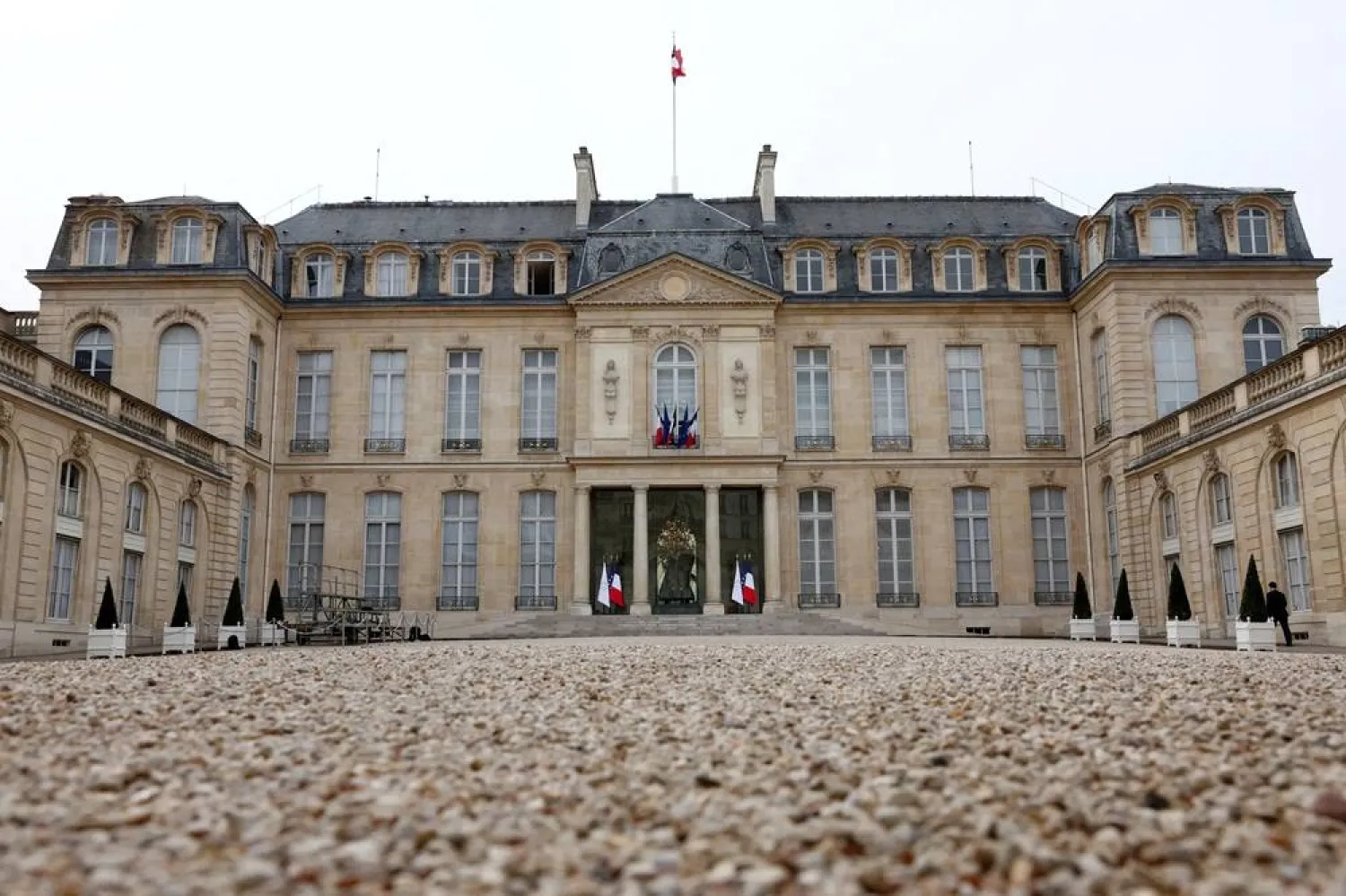Austrian glaciers receded last year at a rapid pace and the Alpine country is likely to be largely ice-free in 40 to 45 years as the process continues, experts said Friday.
The Austrian Alpine Club said that, of the 93 glaciers its volunteers measured and observed, all but one receded in 2022-2023.
The 79 glaciers measured both last year and the previous year were an average 23.9 meters (78 feet) shorter than a year earlier, it said in an annual report. That was the third-highest figure of shrinkage in both the club's 133 years of measurements and in the past seven years. The retreat of 14 other glaciers was observed less precisely, for example by comparing photos, The Associated Press reported.
The biggest retreat was that of Austria's biggest glacier — the Pasterze, in the Glockner mountain group in the southern province of Carinthia — which shrank by 203.5 meters (668 feet), a record for that glacier.
Gerhard Lieb, the co-leader of the club's glacier measurement service, said Austria's glaciers can no longer be saved and their disappearance in the coming decades is “unstoppable.”
The process of forming snow reserves at the upper ends of glaciers so that they can stabilize takes decades, "and the time is up,” he added. "That means nothing can be done anymore.”
“There might be some remnants in shadowed locations — maybe at the Glockner glacier on the north-east side, some areas in the Oetztal valley,” said the service's other co-leader, Andreas Kellerer-Pirklbauer. "But de facto, in 40 to 45 years all of Austria will be pretty much ice-free.”
The experts, both of whom work at the University of Graz's geography institute, said that the continued existence of Austria's glaciers is down entirely to ice reserves from the past.
Kellerer-Pirklbauer said that “a late but very long and warm melting period in 2023” was the main culprit in the latest numbers.
Last year's average figure for glacier retreat fell short of the record set in 2021-2022 of 28.7 meters (94.2 feet). But no glacier receded by more than 100 meters that year, and two did in the latest report: Alongside the Pasterze, Tyrol province's Rettenbachferner glacier was 127 meters (416.7 feet) shorter. Only one glacier, the Baerenkopfkees in the Glockner group, was unchanged in length last year.
Glaciers are masses of ice that form as snow and ice compact over centuries and then flow slowly over land. Their melting is one of the most notable indications of human-caused climate change, with glaciers around the world rapidly retreating.
Experts in neighboring Switzerland said in September that that country saw 4% of its total glacier volume disappear in 2023, the second-biggest decline in a single year on top of a 6% drop in 2022.
Experts: Austria Likely to be Largely Ice-free Within 45 Years

FILE - A group of hikers is on the way to the Jamtalferner Glacier near Galtuer, Austria, on Sept. 6, 2023. (AP Photo/Matthias Schrader, File)

Experts: Austria Likely to be Largely Ice-free Within 45 Years

FILE - A group of hikers is on the way to the Jamtalferner Glacier near Galtuer, Austria, on Sept. 6, 2023. (AP Photo/Matthias Schrader, File)
لم تشترك بعد
انشئ حساباً خاصاً بك لتحصل على أخبار مخصصة لك ولتتمتع بخاصية حفظ المقالات وتتلقى نشراتنا البريدية المتنوعة







